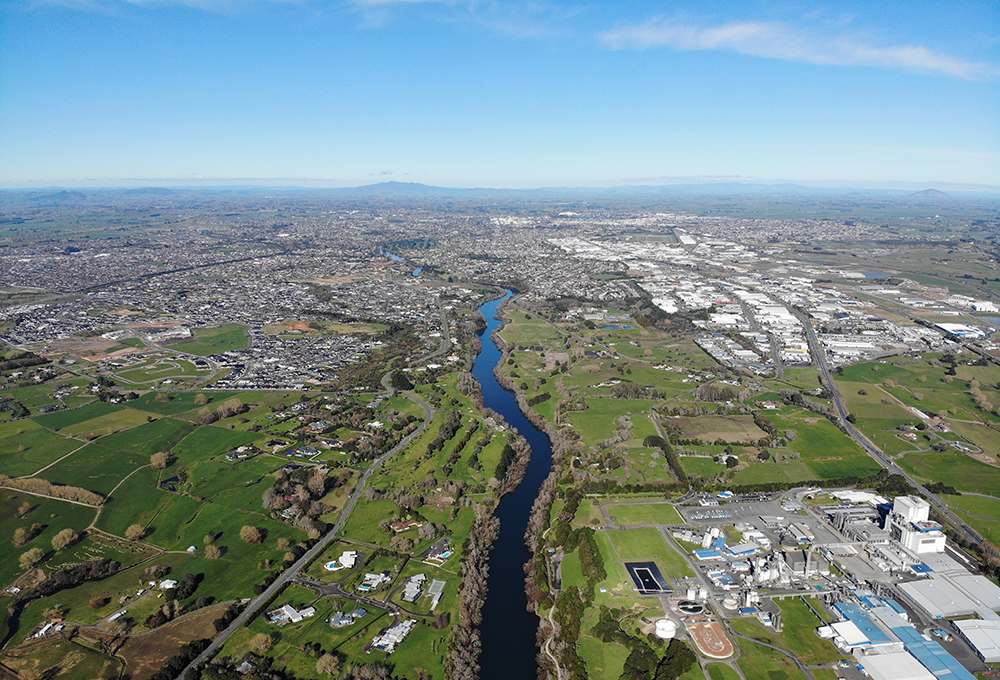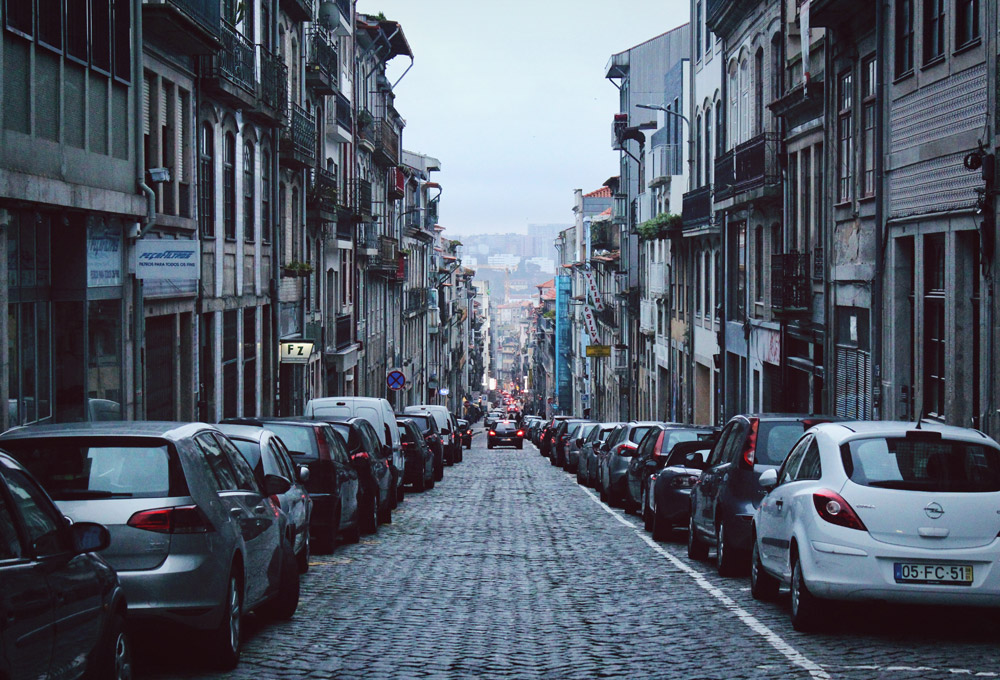Jump to section
Centers & Corridors
Will new mobility strengthen current transit nodes/corridors? Or will it lead to more dispersal with low-density development?
COVID-19 IMPACTS
What is driving change?
Change in Parking Demand
The demand for parking is predicted to drop as much as 90% as transportation network companies (TNCs) and autonomous vehicles (AVs) reduce the need to store cars at destinations. Parking has become a primary determinant of urban development, so a change in parking demand will have dramatic effects on urban design.
Shift in Modes
An increase in on-demand rides coupled with a reduction in transit, walking, and cycling trips could have substantial impacts on urban design as it might increase the demand for additional vehicle travel space. Additionally, a reduction in transit use could reduce the vibrancy and viability of transit-oriented development. Shifting from transit, walking, and biking to autonomous vehicles (AVs)—ostensibly a mobile, enclosed, private space—could also reduce the vitality these more active modes add to street life.
Reduction of Brick-and-Mortar Stores
As a larger share of retail shifts to e-commerce, the number of stores could diminish and locations that are marginal today could no longer be viable. This could impact the vitality of urban areas with less people on the street and less storefronts that help generate street-level activity.
Future Changes
What Could Happen?
- Transit-oriented development could shift to corridors instead of individual stops. TNCs, AVs, and microtransit could replace many traditional transit trips if they provide a more affordable and convenient travel option. Reducing transit use would diminish the opportunity for transit-oriented development, but could create opportunities for corridor-based development. New mobility modes allow passengers to travel either directly to their destination or to be dropped off along a larger street near their destination. This reduces the importance of transit stops and potentially spreads out activity (pick-up and drop-offs) along transit corridors. This shift would diminish the importance and role of transit stops and hubs that are currently the drivers of transit-oriented development, and shift that to broader corridors. A question remains, however, whether this corridor approach provides enough activity to spur walkable development along it.
- Urban and suburban centers could see increased development, particularly in desirable locations. Reduced parking needs could allow for repurposing and redeveloping space originally reserved for parking. This could allow for increased development and density in some centers, especially in already-desirable areas with significant existing development pressure.
- Urban and suburban centers could change in nature, shrink, or even disappear entirely. Centers that were built around retail hubs such as shopping malls, for example, could see large changes if the shopping mall is redeveloped into a mixed-use area. They could also shrink as storefronts within and around the mall close, or cease to function as a center entirely if the area is abandoned.
EVIDENCE TO DATE
- TNCs and Micromobility are Cannibalizing Transit Trips. Because they are often more convenient options than transit, TNCs, bikeshare, and scootershare are often used for trips that would otherwise be taken on transit. This has contributed to a reduction in transit use throughout the country.
- TNCs and microtransit are establishing corridors of their own. In an effort to increase efficiency, both TNCs and microtransit service providers are experimenting with incentivizing passengers to walk to larger capacity streets to reduce travel times and increase the acceptability of shared rides.
- In centers with high desirability, development has increased as parking demand has decreased. For example, highly dense cities such as New York City and San Francisco have examples of high-demand centers with limited to no parking. Other cities such as Portland, Oregon have seen the feasibility of development in highly desirable centers increase when parking requirements were relaxed.
- Retail-oriented centers are experiencing shrinkages and closures. Shopping malls are the most visible example, with commercial centers oriented around them experiencing significant shrinkages or disappearing when the mall serving as an anchor closes down. Other high-profile examples include strip malls, especially those with suburbs built around them, as the closure of brick-and-mortar retailers can result in economic depression and a subsequent shrinking of the suburban center for the suburbs in question.
Quick facts
- Transit sees a 1.3% reduction in heavy rail trips and 1.7% reduction in bus trips on average every year following the arrival of TNCs in a city.
- According to industry research, 60% of TNC trips would have been completed by transit, walking, or biking if TNCs weren’t available.
- More than 9,300 brick-and-mortar stores closed in 2019 alone according to projections by industry journalists.
What to do
Not sure where to start? Below are four What to Do pages that we think are especially relevant to Centers & Corridors:
- Congestion, VMT Reduction & Mode Choice (Governance)
- Streets as Places (Design)
- Autonomous Vehicle Policy (Governance)
- Curb Management Design Strategies (Design)
Resources
Policies, pilots, and approaches
Communication tools
See something that should be here that isn't? Have a suggestion to make?







